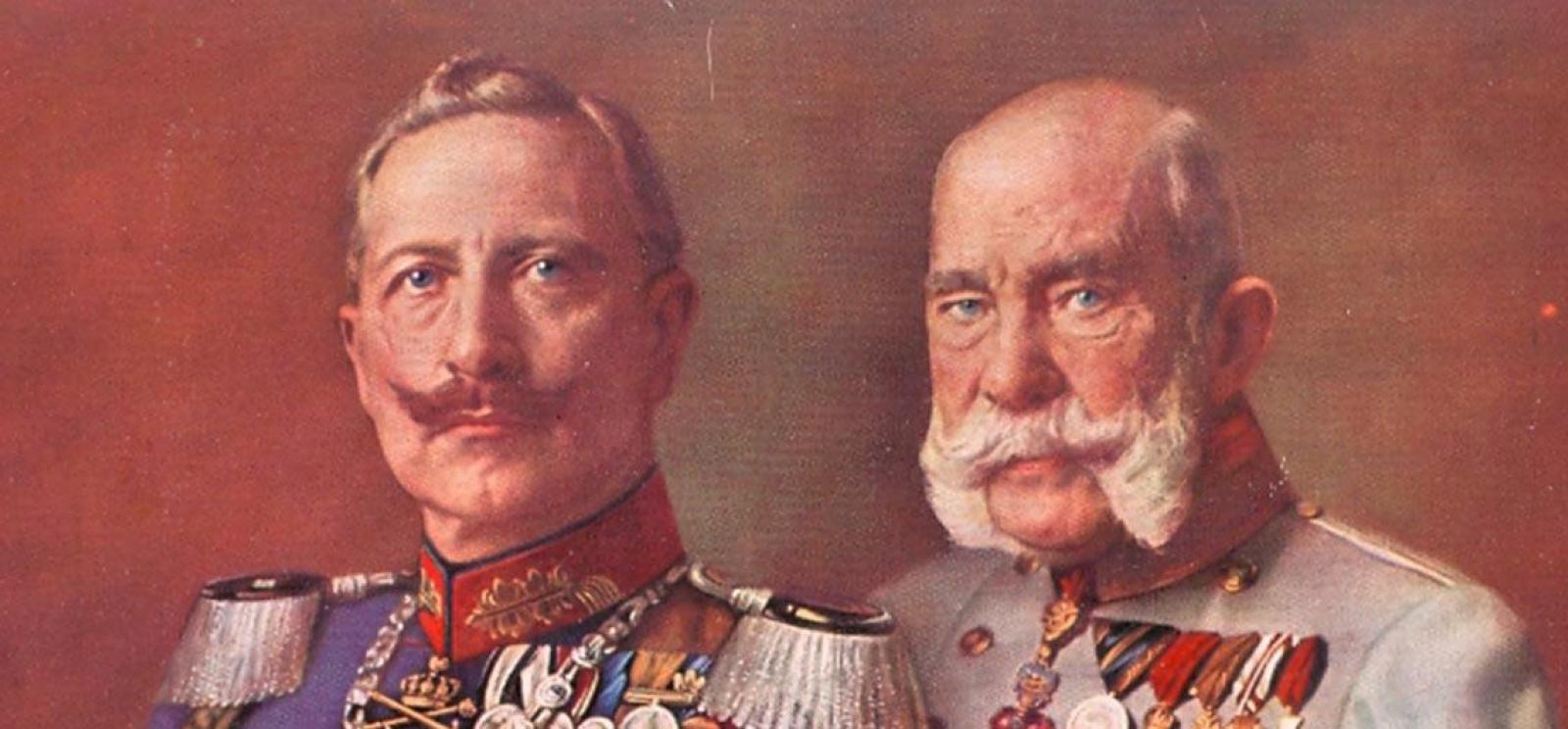
Road to War
“The world is over-loaded and over-armed.”
— The London Economist
The London Economist succinctly summed up the state of the world less than a year before World War I started. The ten years leading to the outbreak of World War I, 1904—1914, witnessed a series of small and large conflicts between the major European powers over territory in Europe and overseas possessions. They ranged in geographical distance from Manchuria on the Asian Pacific Coast to North Africa to the Balkans.
In addition to these conflicts, many other influences were major factors in the road to war:
- Global arms races
- Colonialism
- American imperialism
- The rise of cities
- Nationalism
- Cultural awareness
- Projection of power
- Spheres of influence
- Social divides which led to unrest and revolt against the imperial monarchies.
Examine these factors and other pivotal events that led to the outbreak of history’s first global conflict in the National World War I Museum’s inaugural Centennial special exhibition Road to War: World Power and Imperialism, 1904-1914.
Remarkable objects, documents and photographs of 1904-1914 colorfully illustrate many of the events, countries and people of the period. Drawing upon the Museum’s extensive collection as well as those of other museums and sources, the exhibition includes many items never before seen at the Museum. From a nearly-complete Japanese infantry uniform, backpack and original documents of a soldier who served in the Russo-Japanese War of 1904-05 to a Belgian art medal in honor of King Leopold II which celebrated the annexation of Congo by Belgium in 1909, the exhibition offers a thought-provoking experience for visitors of all ages.
Other highlights include:
- A distinctive uniform, worn by a male servant of an upper-class household, as an example of the division between the classes in the Imperial Powers of Europe and the wealth held by a few. It consists of a vest and breeches made of red velvet with embroidered edging of the coat of arms of Graf (Count) von Faber-Castell, Nuremburg, Bavaria.
- Numerous quotes from individuals of the time and historians of the period that give personal connections to the objects and events.
- A Russian periodical cartoon that features Serbia and Bulgaria butting heads over territory while the Russian bear and Austro-Hungarian wolf look on with great interest. Additionally, a scrapbook with an article dated January 9, 1911 shows the potential confrontation between Greece and the Ottoman Empire (Turkey) in the Balkans.
As the Museum, and indeed the world, prepares to commemorate the centennial of World War I, don’t miss out on this exceptional journey down the Road to War. Open May 3, 2013, through April 6, 2014, in Exhibit Hall, included with Museum admission and free for members.
“European diplomats were conscious that they were skating on the thinnest of ice and that the peace of Europe was at the mercy of a chapter of unforeseen and unforeseeable incidents.”
— British Prime Minister Lord Asquith






